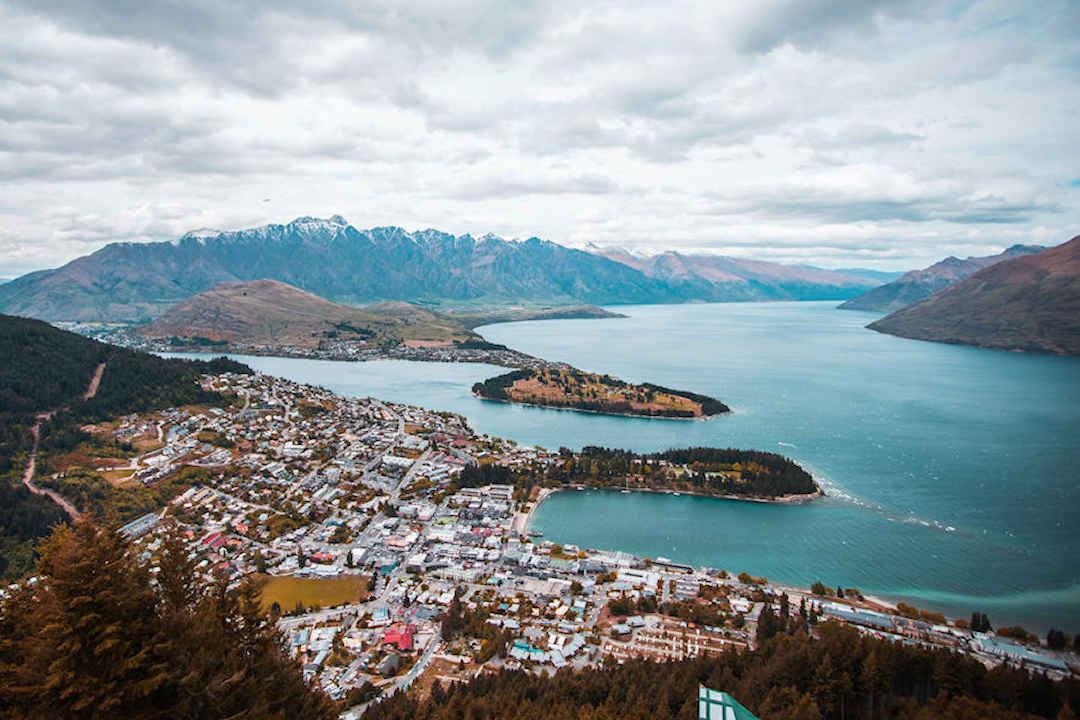Paul and I met Joh on a guided walking tour around the Auckland suburb of Mt Eden in October 2017. The walk was part of the annual Heritage Festival, and different to her usual job, Joh attended as a guest.
As we’re recording this interview, we’re in Christchurch at the Papanui RSA. Joh happened to be in town at the same time as us, having just finished her last tour of the season. While we’re waiting for our dinner to arrive, let’s chat about New Zealand.
Sign up to receive our email newsletter full of actionable tips and practical advice every month
MJ: Having been (almost) everywhere in New Zealand, where do you look forward to returning to over and over (and why)?
Joh: Wow – Where do I start? New Zealand has so many stunning places. My favourites are usually places that have an interesting walk with great views.
On the North Island
I really like the Coromandel Peninsula [Things to do via Bookme]. Not the more developed East Coast where everyone goes, but the West Coast and the top, north of the Coromandel township. The coastline here is rugged and wild, and it still feels quite remote.
- Taranaki [Things to do via Bookme] is a bit of a secret and underrated, but it actually has a lot to offer: nice hikes and coastal walks, and beautiful beaches.
- Plus New Plymouth is a cool town in its own right.
- Auckland‘s West Coast [Things to do via Bookme] is also largely off the tourist radar (thankfully). That’s where I live when I’m not on tour, and I love it.
On the South Island
- Abel Tasman National Park [Things to do via Bookme] and Golden Bay are places I could never tire of. The best way to explore Abel Tasman is actually by kayak. The hikes can get very busy; everyone seems to do them.
- Speaking of kayaking, another great (and unspoiled) place to explore by kayak is Ōkārito Lagoon, between Hokitika and the glaciers on the West Coast [Things to do via Bookme].
- And recently, I am becoming more and more of a fan of Fiordland as well, despite the frequent rain.
Interestingly enough, even with me doing the same tour (or visiting the same places) again and again, it’s different every time – due to the people I’m with and the weather.
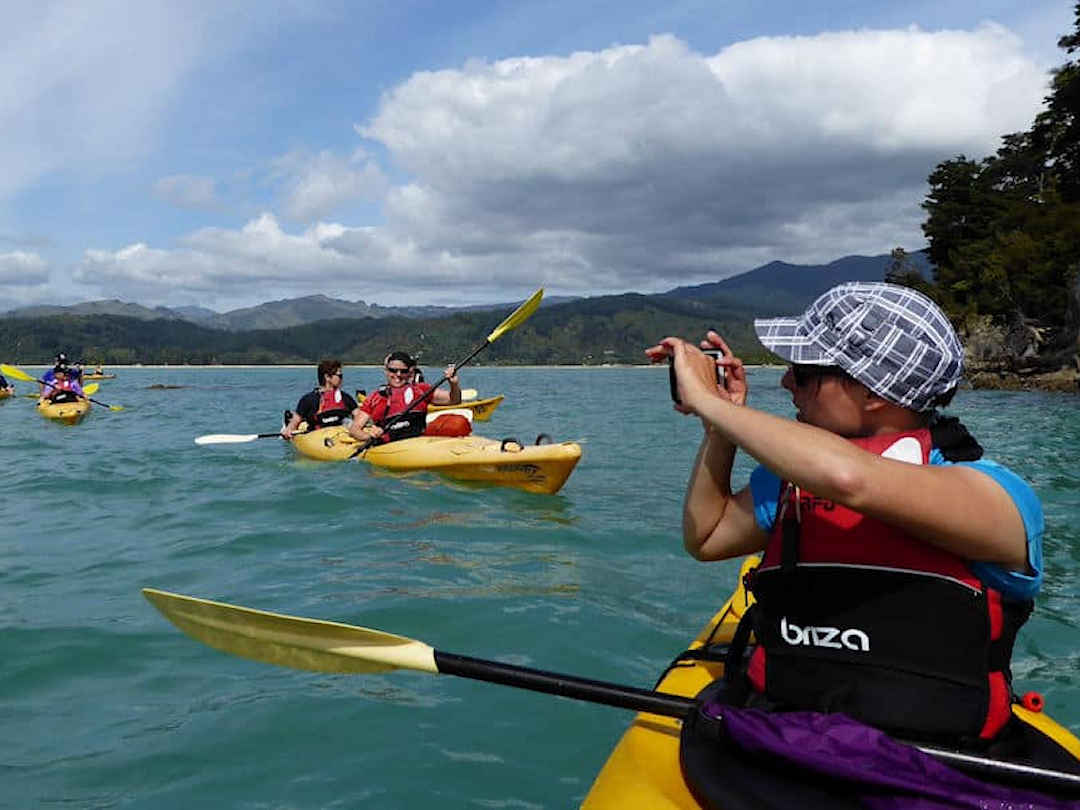
Kayaking is a great way to explore Abel Tasman National Park
MJ: What places do you less like to return to (and why)?
Joh: These places are just as hard to pick. For me, it’s got nothing to do with the place itself but more with the development of that destination and the number of people going there. Places are just getting overcrowded.
For example, while I love the Tongariro landscape, I’d stay away from the Tongariro Alpine Crossing, New Zealand’s most popular day hike. There are too many people these days, and more changes need to be made (beyond restricting parking) to better manage the crowds.
Given how often I visit Milford Sound, you’d think I’d be tired of it, but interestingly enough, Milford Sound is different every time. It is quite a long (but scenic!) drive though, especially when you go there from Queenstown [Things to do via Bookme] on a day trip, so I’d always recommend staying in Te Anau. If someone told me that they’ve seen the fjords in Norway, I’d probably recommend that they explore other areas of New Zealand instead of Fiordland.
Another place I don’t like that much is Rotorua [Things to do via Bookme]. Again, the geothermal features there are stunning. It’s more about the crowds that give the place a bit of a Disneyland feeling.
In general, New Zealand is more about nature and less about the cities (with some exceptions). Visiting some of the towns, like Hamilton [Things to do via Bookme], for example, can be quite disappointing.
MJ: What are the most common clothing mistakes people make when visiting New Zealand?
Joh: For some reason, people think it’s warmer here than it is. They somehow think it’s subtropical, and they often don’t bring enough warm layers. I have no idea where this misconception comes from, as we’re quite far south.
Northland [Things to Do Via Bookme] can be subtropical, but the rest of the country is not. People are surprised when you suggest taking a beanie, for example. Although it comes in handy anywhere in the New Zealand mountains.
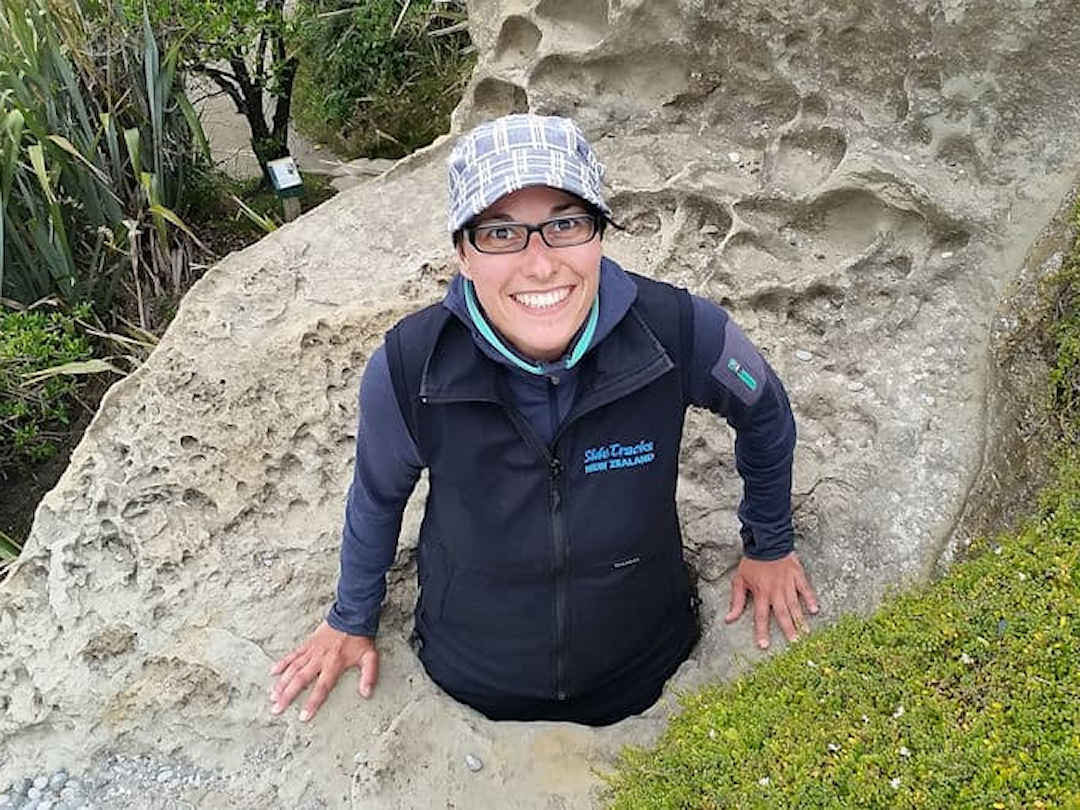
Warm layers and a hat are important things to pack for your New Zealand trip
The weather is a big topic when taking tourists around. I don’t know if it’s a German thing, but somehow, people expect the sun to shine when they are on holiday. The rain dampens the spirits and can spoil the whole holiday experience. Although it can be quite awesome if you have the right gear to get out anyway. On the flip side, when the sun is out, people tend to underestimate their strength and wonder why they get burned without a hat.
MJ: What foods should people try in New Zealand?
Joh: Does New Zealand have its own cuisine? In all honesty, most of the typical food here is imported from the very countries many visitors come from, like pies or fish ‘n’ chips. I guess the things that are (a bit) more unique to New Zealand are Marmite, Pavlova and Feijoas. But especially Marmite and Feijoas seem to attract divided opinions, so I’m not sure I would recommend them to tourists.
One experience I would recommend, though less for the food and more for the overall experience, is a Hāngī. I attended my first Hāngī when I volunteered on a farm in the Catlins. It wasn’t a traditional Māori Hāngī though, just a community gathering organised by the school for the local community.
MJ: Speaking of Māori traditions, where and how can you get to know the Māori side of New Zealand?
Joh: New Zealand was settled from North to South, so the majority of the Māori settlements and tribes were and still are on the North Island.
If you want to experience the Māori side of New Zealand, the most important thing you need is time. You can’t do that on the go. The welcome ceremonies and cultural shows you can attend in Rotorua [Things to do via Bookme] and other places are the Māori experiences for tourists. Still interesting and insightful, but if you want to immerse yourself in Māori culture, the best way to do this would probably be to spend a couple of weeks around Northland [Things to Do Via Bookme] or the East Cape [Things to do via Bookme], staying with Māori families and getting involved in the local communities.
The Whanganui River in the centre of the North Island is also a good place to get closer to the Māori roots of New Zealand. The river is of special significance to the Māori. One of the campgrounds you stay at when kayaking along the river belongs to a Marae and the warden talks about the cultural significance of the area and what is expected from the visitors.
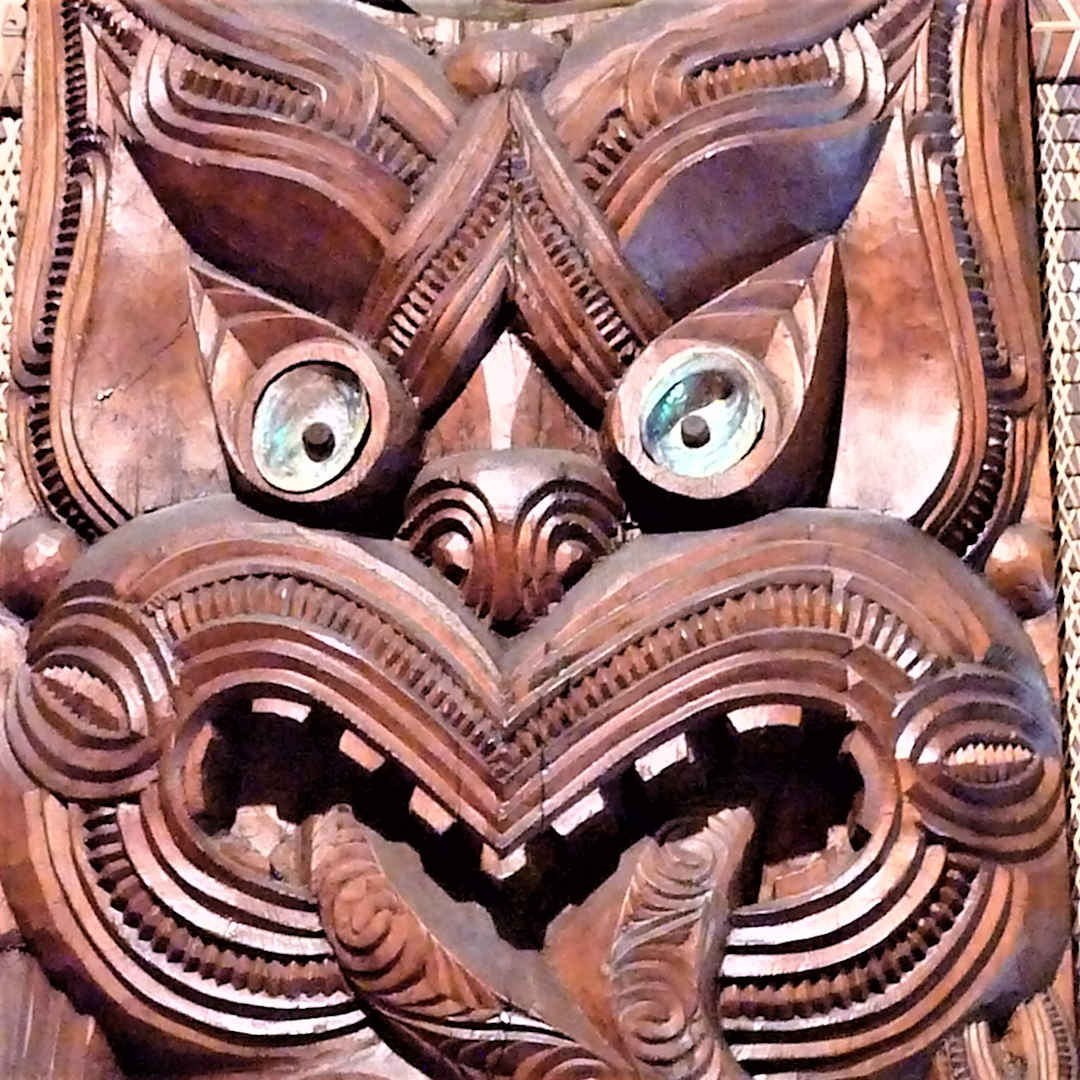
Maori Carving at Waitangi Treaty Grounds
MJ: What is the worst tourist behaviour you have experienced while touring New Zealand?
Joh: What annoys me most is the dumping of rubbish in nature and in public toilets (even when there are empty rubbish bins outside). I have never experienced freedom campers defecating in public places, but I understand why people get angry when they find toilet paper in the bushes next to parking lots, near hiking trails, or right by their houses. Do people do that at home?
I also find it disturbing, when tourists take over, and there is no more room for the locals living their everyday life. I think it is important to respect that places are not just tourist destinations, but also someone’s local shop, church, street, neighbourhood, etc. And people who happen to live in touristy places still have a right to privacy. I don’t think tourists here would like it if visitors to their home country take random pictures of their backyards or children.
One of my greatest personal pet peeves is the driving of some fellow road users. Especially motorhome and RV drivers are often not used to driving these huge vehicles. Also, they are not used to New Zealand roads and to driving on the left. While there’s nothing wrong with going slow – in fact, it’s actually safer – it is common practice to let other, faster vehicles pass.
With my tours, I’m always on a schedule, and it can be frustrating to get stuck behind a slow vehicle, without a chance to pass for a long time. The roads are often too windy, and heavier vehicles (my bus included) cannot speed up fast enough to overtake on a short straight stretch. So, pull over when someone is behind you and let them pass.
MJ: Let’s have a look behind the scenes. What is life as a tour guide like?
Joh: The coolest thing about it is that your holiday is my ‘office’. I mean, who else is getting paid to do bush walks, spot wildlife or go on a helicopter flight? I’m outdoors most of the time, get to see stunning places, do amazing things and meet a lot of interesting and different people. All of this makes it a great job, and I love it!
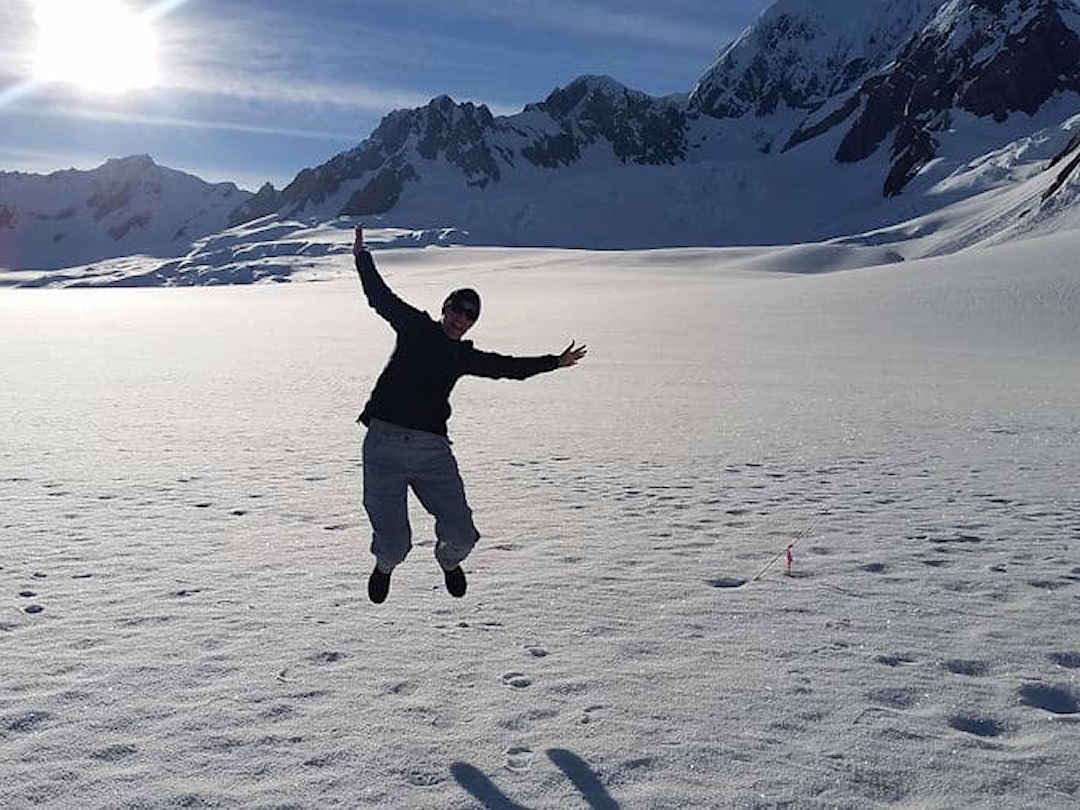
Getting to see stunning places and doing amazing things are some of the perks of being a tour guide... but it's not all fun and games
I have to get along with people from different age groups, backgrounds and cultures. And I need to be assertive and able to improvise when things go off plan. I love these different aspects of my work – it keeps it interesting, even though it can be quite intense at times. Unfortunately, it doesn’t pay that much, so I often think it is more a lifestyle choice than a career type of job.
I guess one of the biggest challenges is the transitory life that comes with always being on the road. I haven’t had a home for a long while, a place to myself, and there are times when I miss that. You gotta love it and the lifestyle that comes with it – the exciting diversity, but also the uncertainty.
Being away for weeks at a time is hard on relationships – partners, family and friends alike. I make an effort to connect with my partner and my family regularly because it’s easy to lose touch. But even with all of today’s technology (Skype, voice messages, video calling etc), nothing beats physical presence. For that reason, I always try to get some time off between tours. But it doesn’t always work. It’s a seasonal job, and you gotta work when there is work.
Something I didn’t make too much of when I started this job was the people aspect. I love to work with and enjoy being with people. However, being with others all the time, almost 24/7, is a different level. Sometimes it’s hard to find downtime and space for me: When camping, I am almost always with the group. We cook meals and eat together. And there is a lot more equipment to constantly watch over. Hotel tours allow for a bit more personal space, as I have my own room, can close the door and have meals by myself.
With some groups, it feels like being on holiday with friends, and they give you energy. Other groups are hard work, require lots of attention and drain your energy levels.
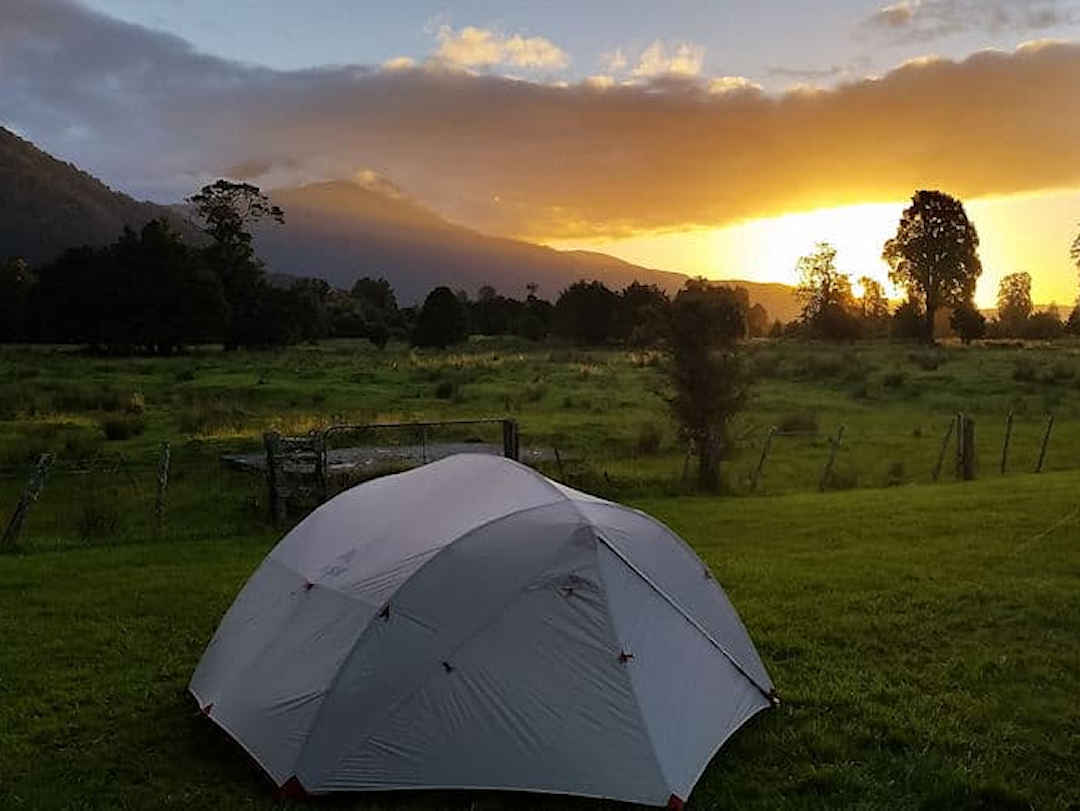
Camping tours can be awesome but also a lot of work... for the tour guide
A different and very interesting aspect of the job – and actually quite a responsibility – is that as a tour guide, I represent New Zealand and its culture, and I influence visitors’ perceptions. What I think and say can become a ‘fact’ for people who visit this country without really immersing themselves in the life and culture here.
I’d like visitors to New Zealand to form their own opinion and get the broader picture. I therefore try and help them understand why things are the way they are. I always strive to give everyone on my tours the best experience possible, and I often go the extra mile to achieve that.
MJ: We live a minimalist lifestyle, and you probably have to too. What do you travel with?
Joh: Yes. My life has to fit in a suitcase or travel pack most of the time. I have been travelling for a while, and for a long time, I have continuously been downsizing when it comes to clothing, cosmetics, devices, etc. Everything had to be practical, and as small and light as possible. And I had to be able to use it in more than one way and be able to combine it with other things.
I started to use a Kindle instead of paper books. My smartphone became my point-and-shoot camera. I use a combined hair and body wash instead of two different soaps. And whenever I bought a new piece of clothing, it would replace an older one. At one point, everything I needed had to fit into a 50-litre travel pack as my only bag. I have to admit, you end up with a lot of outdoor clothing, and my only jacket was a rain jacket.
This works well during summer when you don’t need extra warm clothing. Also, this was before I started working as a tour guide. Even though I was well equipped for the job with all my outdoor gear, with it came to the need for some extra things: In a work environment, you cannot just wear the same five shirts again and again. I needed a good daypack to carry all the gear I was supposed to take, and so on.
So, even though I am on the road all the time, and I have to pack light, I had to get more things, not less. However, if I were to go travelling again by myself, I’d probably be back with the few things I used before.
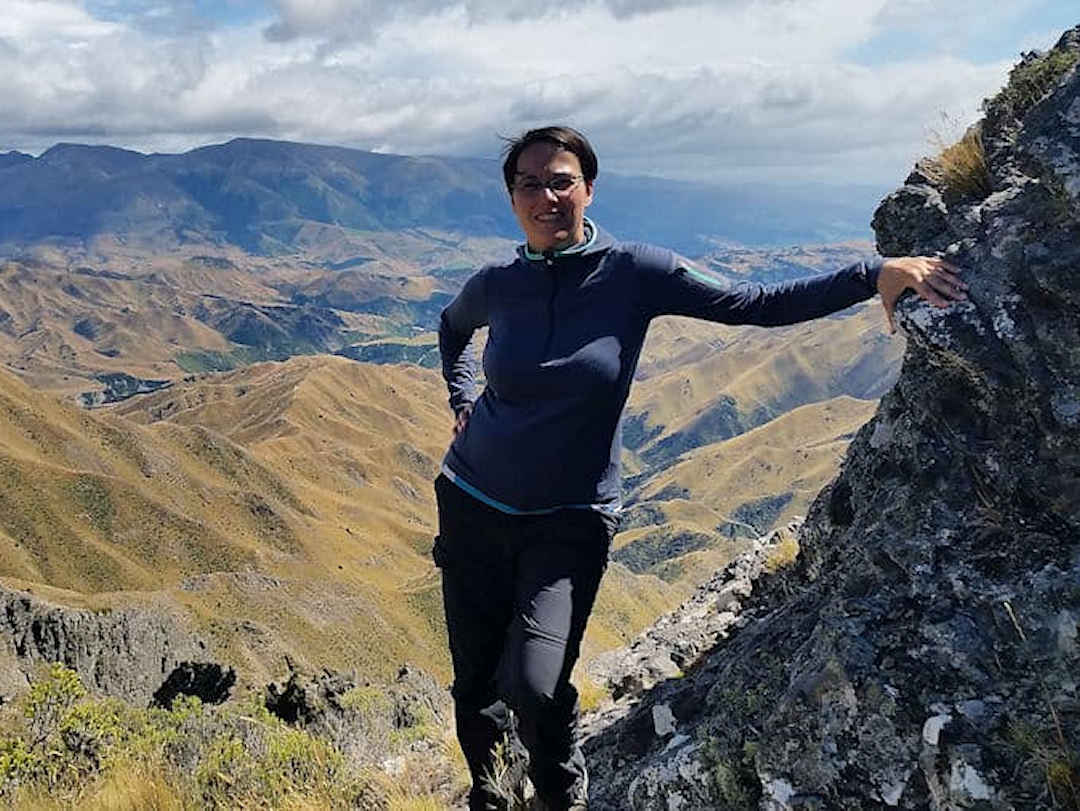
A tour guide's wardrobe is practical with a lot of outdoor clothing
More recently, I noticed that when you add something to your life, it usually comes with more things:
- A new hobby often comes with equipment: I paraglide, and that’s a whole travel pack full of gear.
- The freedom of having my own transport in the form of a motorbike: Riding requires a helmet and riding gear.
- When socializing with friends or going out on a date with my partner: I want to wear something different; not the same clothes I always wear.
Having all these things then requires some space for storage. In general, I think, as soon as we settle in somewhere (even just a little bit) and we get some space, we tend to start ‘collecting things’.
When I’m on tour, I usually prefer to take two small duffel bags instead of a big travel pack. It’s more convenient and a lot easier to find stuff (at least if you don’t have to take any flights and check-in luggage). I take practical but also varied clothing. Things I always take no matter what are: a world adapter, my headlights, my laptop computer, and my rain jacket. Other than that, the most important things ever are my passport, smartphone and credit card. That’s all you really need in today’s world.
MJ: How has being a tour guide influenced your behaviour as a tourist?
Joh: I guess I am more aware of tourist behaviour and how it might affect locals. I try to respect places as someone’s home and living space. I appreciate that I am allowed to see and experience certain places and things and don’t take that for granted or consider it my right. And I am more relaxed when things don’t go as planned. That’s just life, and we can’t do anything about it. Most times, it doesn’t matter anyway: After all, it’s a holiday, and it’s usually an awesome experience even if things go off plan.
I’m more of an independent traveller personally, but if I go on an organised tour, I have different expectations, knowing the work that is involved. I tend to go easier on the tour guide. But at the same time, I probably have quite high expectations concerning service, commitment and knowledge. I would likely dig deeper and ask more questions. So, I guess, knowing the trade makes you more aware of and appreciate efforts made, but it also makes you more critical.
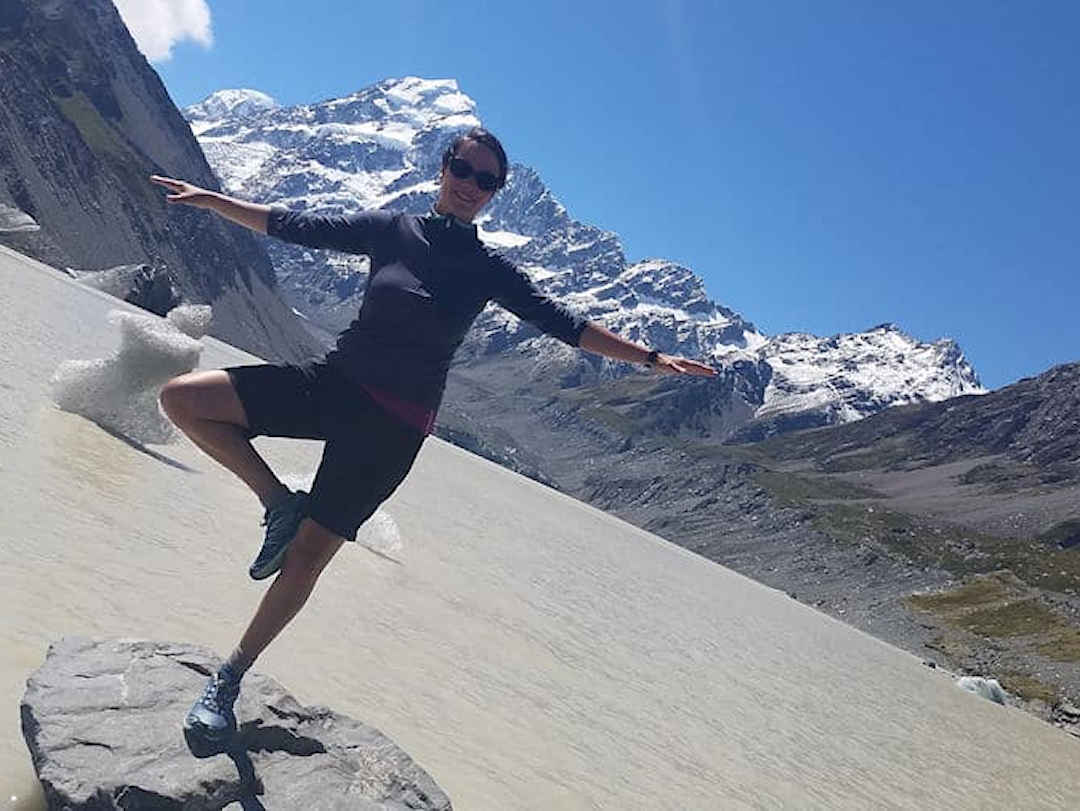
Tour guides are only humans too...
MJ: Having travelled all over New Zealand for a few years now, how have the facilities changed over time?
Joh: I’m certainly no expert, given I’ve only been around for four years, which isn’t THAT long. But I’m happy to share my five cents.
Tourism New Zealand has been focused on attracting more visitors from all over the world for many years, and they have been very successful with it. The industry has grown massively. Unfortunately, facilities often haven’t kept pace with the influx of visitors this country has seen over the last decade. This is most apparent at popular destinations, like for example the Tongariro Alpine Crossing.
I’m often surprised by the accommodation infrastructure and the sometimes rather poor standard relative to the high prices, and so are my guests. A lot of places have a 1980s feel to them but charge prices you would expect for modern amenities. Particularly in smaller towns with few accommodation options, hotel/motel owners seem to be doing just the minimum, especially when they can rely on large group bookings.
The focus, but also the dependence on groups often bring the service quality down, especially for individual travellers or smaller groups. I guess you don’t have to put in as much effort if a Chinese tour operator books your place five years in advance, and you’re set no matter what. Luckily, this is different for smaller establishments, like family-run BnBs or holiday houses. The service there is more personal, and the places are often really nice and well-kept. That often comes with a price tag.
With the industry growing, every participant wants a (bigger) piece of the cake. Operators and accommodation providers want more and more guests to come, to make more money. But they often don’t seem to want to do their part in sharing responsibilities, providing adequate facilities and managing this influx of people.
It’s surprising, for example, just how few hotels have (sufficient) bus parking for their tourist groups. And city councils are just as bad at providing parking spaces. They don’t seem to care where tourists come from, how they get around or who drives them to their doorstep. It makes my job harder and is quite frustrating for everyone who takes tourists around the country to all these places that make money off them.
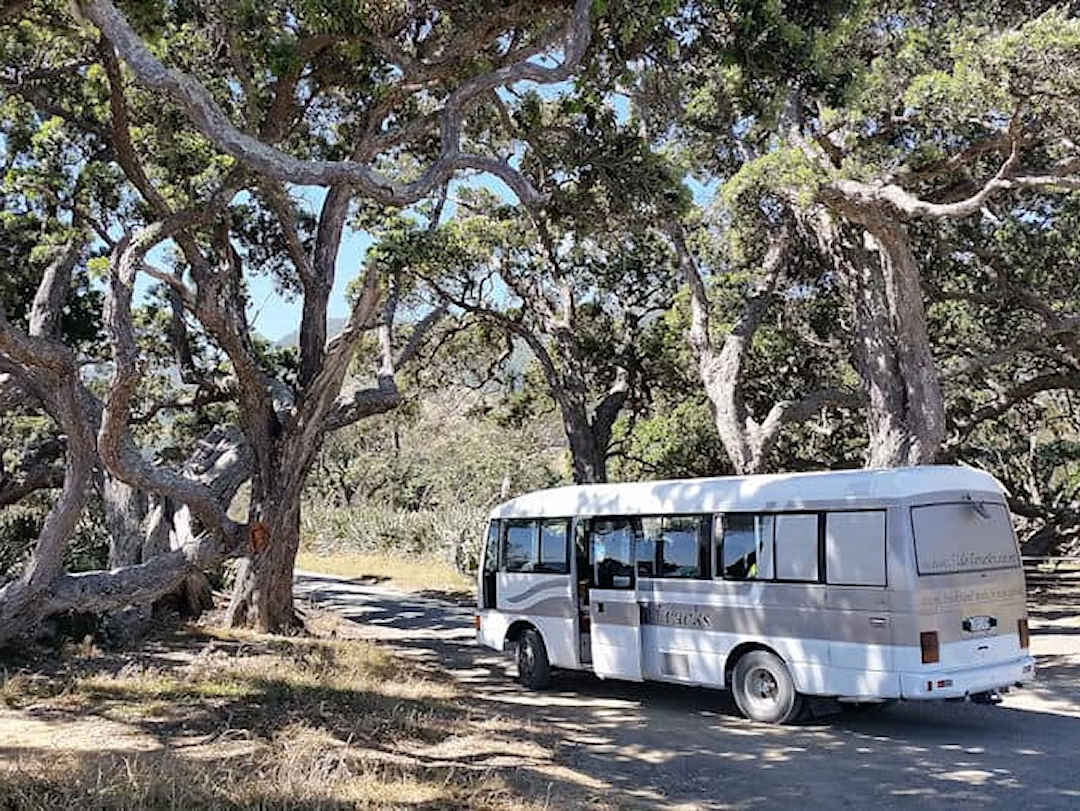
Thank your driver... as without them, your eyes would be on the road (and not appreciating the beauty of this country)
There are positive things as well though: What I really like about New Zealand is that there are free public toilets everywhere. Maybe it’s a German thing, as a lot of my guests notice and love it too, but back home you have to pay for using the toilets.
The facilities here are usually reasonably clean and if not, then it’s mostly due to a lack of respect and cleanliness of the users, so the tourists themselves. Recently, I noticed that public toilets have been upgraded, or new ones have been built in a lot of places. That’s awesome, and it makes my job easier, too.
Wow – thank you, Joh. That was amazingly insightful.
For our readers: If you are interested in touring New Zealand with Joh, check out her upcoming tours (for German speakers) or send her an email. If you prefer to explore the country on your own, check out our ultimate New Zealand road trip itinerary.
What were your impressions on New Zealand as a tourist?
Have you travelled around New Zealand? What were your impressions? And if you travelled as part of a tour group, what was your experience?

